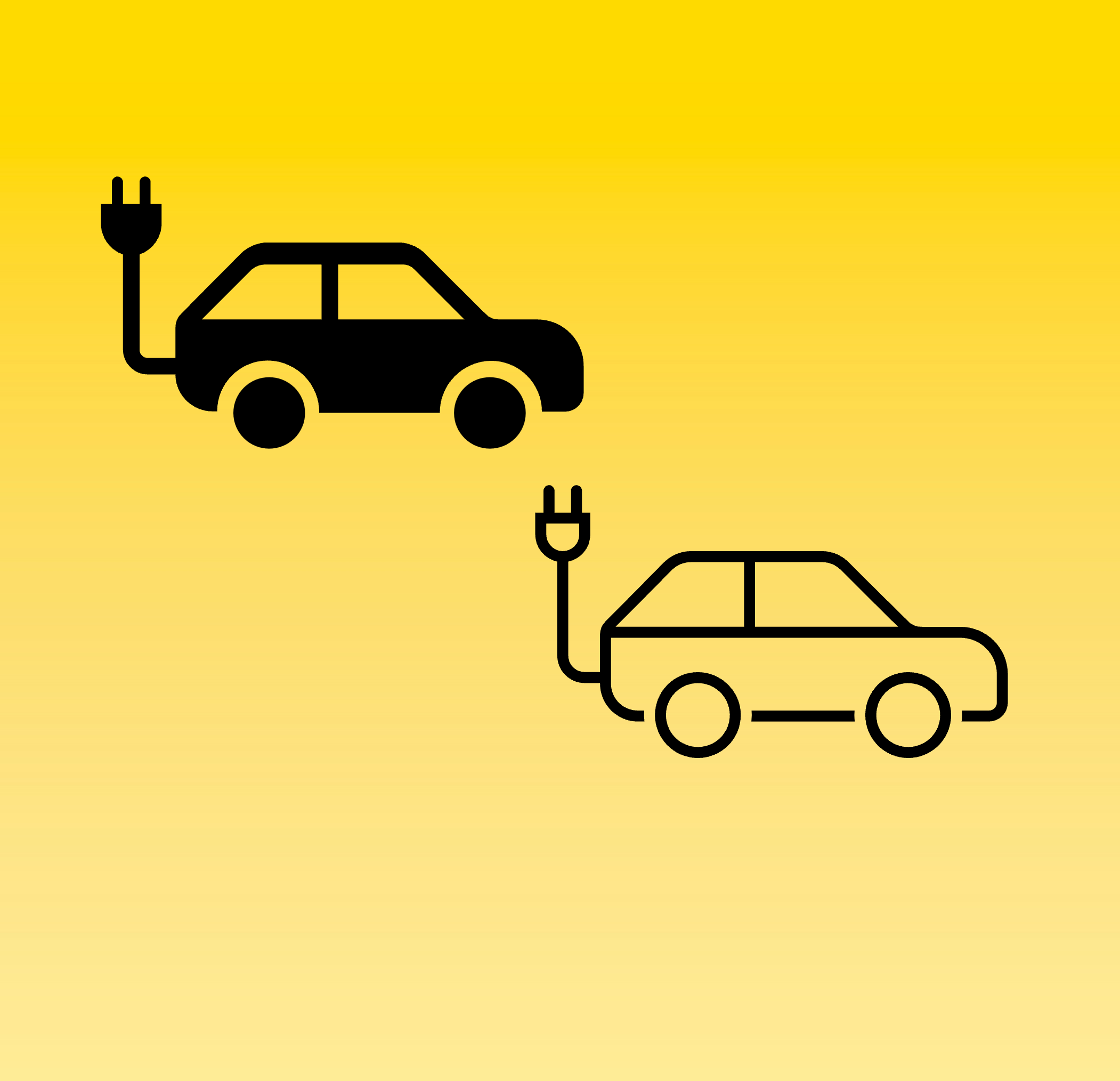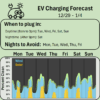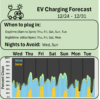How Does This EV Charging Forecast Work?
This forecast helps electric vehicle owners in Colorado – especially Xcel customers – charge during the cleanest and most affordable hours of the week. It’s based on renewable energy projections from the SPP Western Energy Imbalance Services (WEIS) Market, which provides week-ahead forecasts for wind, solar, and electricity demand (load).
Since Xcel’s PSCo balancing area makes up about 65% of the WEIS market, this forecast is tailored to reflect conditions in Colorado. Here’s how the forecast is calculated:
Methodology
- Adjust for Distributed Solar: Multiply the projected solar by 1.4 to include rooftop and other distributed solar. This factor is based on Xcel’s data from 2023 after most utility-scale PV was installed.
- Correct the Load Estimate: Add 40% of the projected solar to the projected load to account for electricity demand that is met by local solar systems, such as rooftop panels, which aren’t included in the utility-scale load forecast.
- Calculate Renewable Intensity: Compute the weekly average of (wind + solar) ÷ corrected load. This gives a baseline for how “clean” the grid is each hour.
- Select Optimal Hours: Identify hours where renewable generation exceeds the weekly average. These are the best times to charge.
- Visualize by Time of Day: This helps distinguish clean energy sources by time of day.
- Yellow bars = daytime hours with high solar and wind
- Blue bars = nighttime hours with high wind
- Exclude Peak Pricing Hours: Remove hours from 5–9 PM, which will be high-cost under Xcel’s default Time-of-Use (TOU) rate starting October 2025. These hours also tend to have higher fossil fuel use.
Why It Matters
This adaptive algorithm ensures:
- Cleaner charging by avoiding fossil-heavy hours
- Lower costs by aligning with TOU pricing
- Year-round flexibility by adjusting to seasonal changes in renewable output
It’s most relevant for Xcel customers in Colorado but also useful for nearby regions with similar weather and energy mixes.
How to Read the Forecast
When to Plug In: This section highlights the cleanest hours of the week – ideal times to charge your EV using renewable energy. These windows offer both environmental and cost benefits.
Nights to Avoid: These are hours with low renewable content, higher emissions, and higher electricity costs. If your battery can wait and you don’t need a charge, it’s best to skip these nights.
Graph Breakdown
- Top Graph: Shows projected solar (yellow) and wind (blue) in megawatts (MW) across the week
- Bottom Graph: Highlights recommended charging windows in a go/no-go format
- Yellow bars = daytime solar + wind
- Blue bars = nighttime wind




